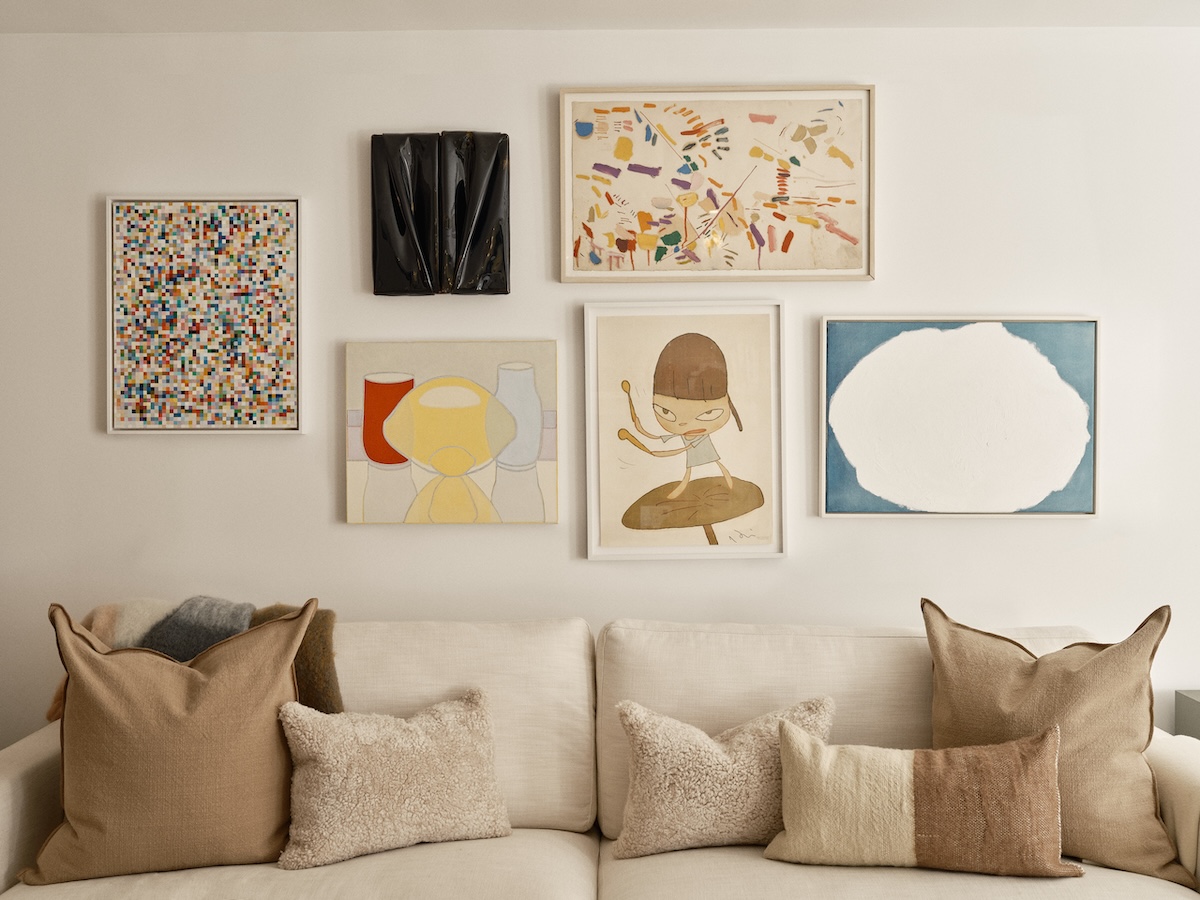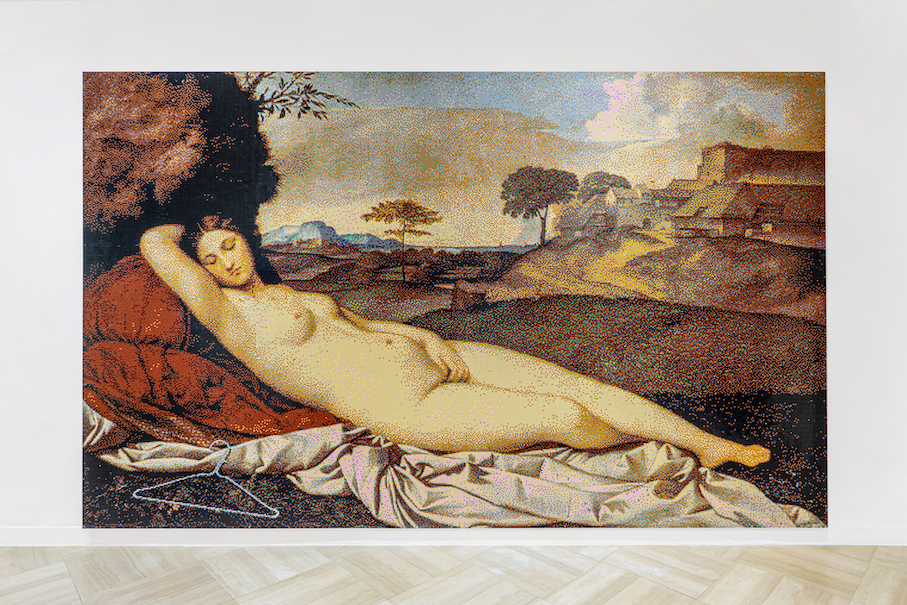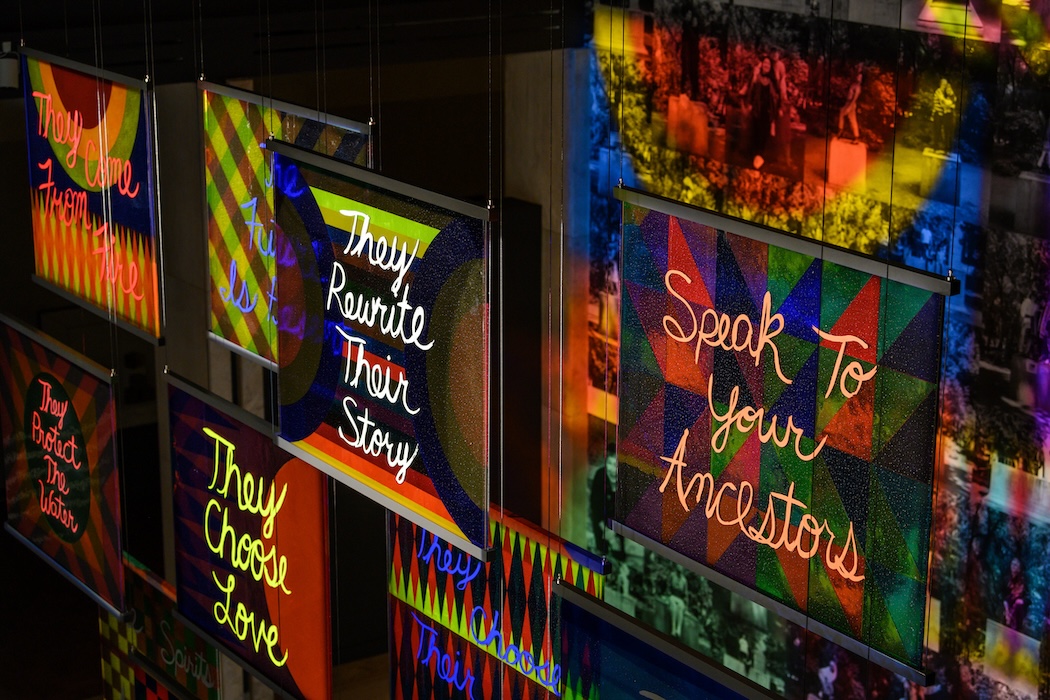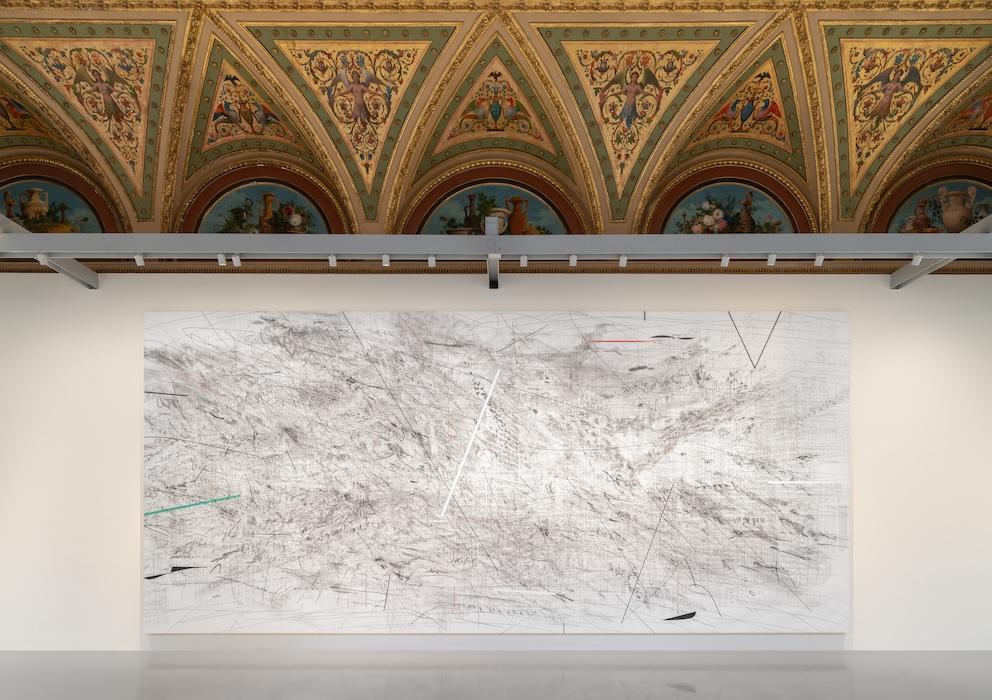Even for an insider, the art world can sometimes feel like a rather indiscernible place to navigate. Especially when it comes to trying to understand the art market, the amount of opacity and lack of consistency across the industry can be mind-numbingly hard to make sense of. Thankfully, there are many intelligent art advisors—like Anne Bruder— who pride themselves on helping collectors realize their ambitious goals.
The Role of Today’s Art Collector
Today, the role of a collector is much more complex than just simply buying artworks to hang on the walls of a house. Collectors have the ability to be integral in stewarding an artist’s career, as well as provide long-lasting support to cultural organizations with aligned values. To fully grasp that level of scholarship and responsibility, the best art advisors are able to break down and make sense of these interconnected elements of collecting.
One such advisor, Anne Bruder, has distinguished herself through her extensive experience working in the art world and a strong background in the history of art. Having worked closely with galleries and contemporary artists as an advisor and gallery director, Bruder’s perspective is wholly singular as it relates to cultivating top-tier collectors. Whitewall sat down with Bruder to talk about how she found herself in this profession, how her approach is unique in the marketplace, what she collects, and what she’s looking forward to this year.
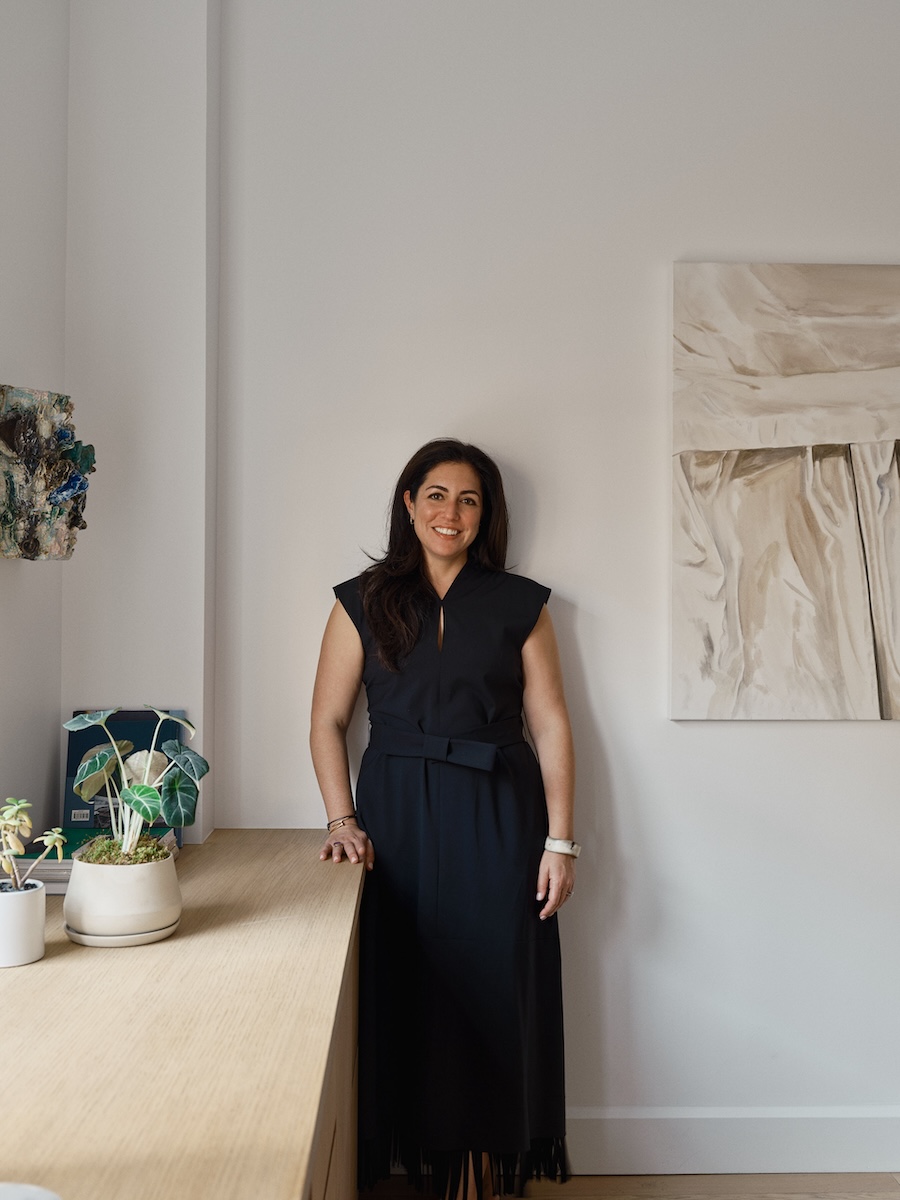
Portrait (left to right): Heidi Lau, “Spinal Metamorphosis,” 2023 and Aglae Bassens, “Laid Out,” 2021, photo by Max Kütz, courtesy of Anne Bruder.
WHITEWALL: How did you get your start in the art world?
ANNE BRUDER: I was very lucky that I grew up in the art world. My Mom used to be an advisor/dealer in the ’90s, when artists freely opened their studios to collectors without the barrier of the gallery. While I sometimes complained about it, I was dragged around to museums and galleries since I was a baby.
I graduated from college in 2008 when the sky was falling; while I did study art history in undergrad, I thought that I should do something “safer” like go to law school or become a management consultant if you can believe that. I even took the LSATS, but the crash of 2008 allowed me to quickly realize that no job is safe, and decided to go with my gut and do what I love. Angela Westwater was my first boss and I was with her for four years; then I was lucky enough to get my start in advisory while working for Candace Worth. Angela and Candace are two incredibly smart, talented women and while it wasn’t always easy, I trained with the best. That is really where I cut my teeth so to speak and I am very grateful for these two powerhouse women.
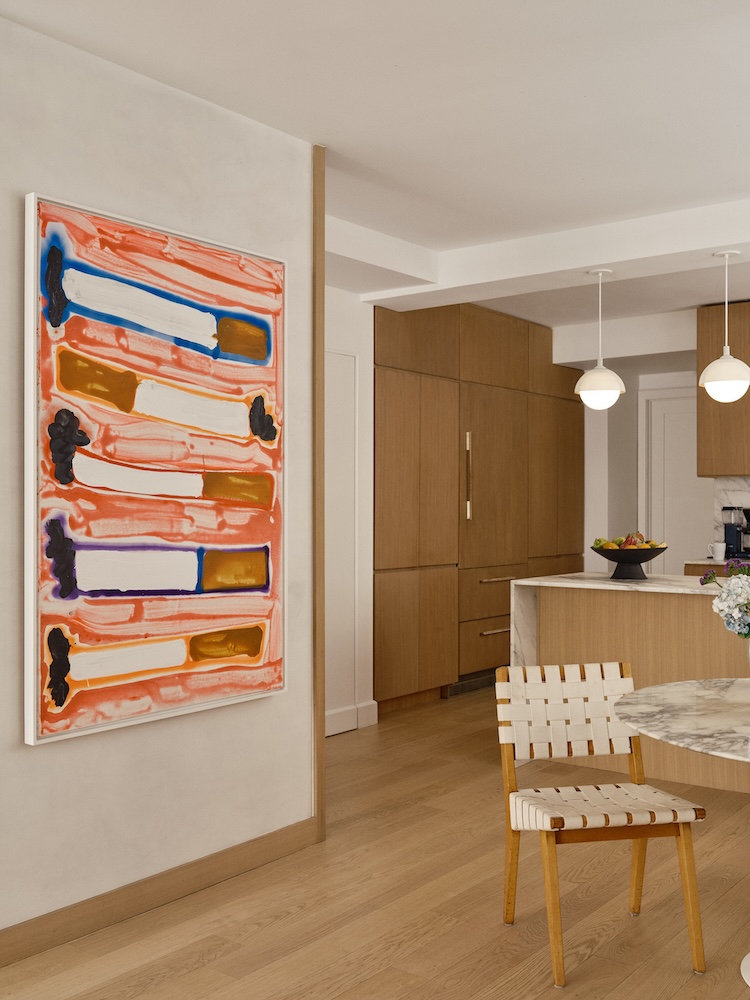
Kitchen, Katherine Bernhardt, “Cigarettes,” 2015, photo by Max Kütz, courtesy of Anne Bruder.
Connecting with the Multi-Faceted Gallery World
WW: Was there a moment when you knew you wanted to be an art advisor?
AB: Yes, I think that it happened when I was in graduate school. Initially, I went to graduate school thinking that I wanted to be a curator and even possibly get a PhD. I quickly realized that I did not have it in me to sit in a library all day—I really love connecting with people too much, and I missed the pace of the gallery world and knowing what was happening in contemporary art.
Advising has given me the opportunity to use my academic background and curate without any institutional boundaries. It also allows me to connect with and educate collectors and to really understand them; there is a psychology behind each collector and I love figuring out what drives and motivates them to collect. Also, I couldn’t do my job well without having extremely close relationships with the dealers—I find this continual dialogue so rewarding, as well.
Advising is such a dynamic business that always keeps me on my toes. There is always more to see, always more to learn. It is so exciting and satisfying.
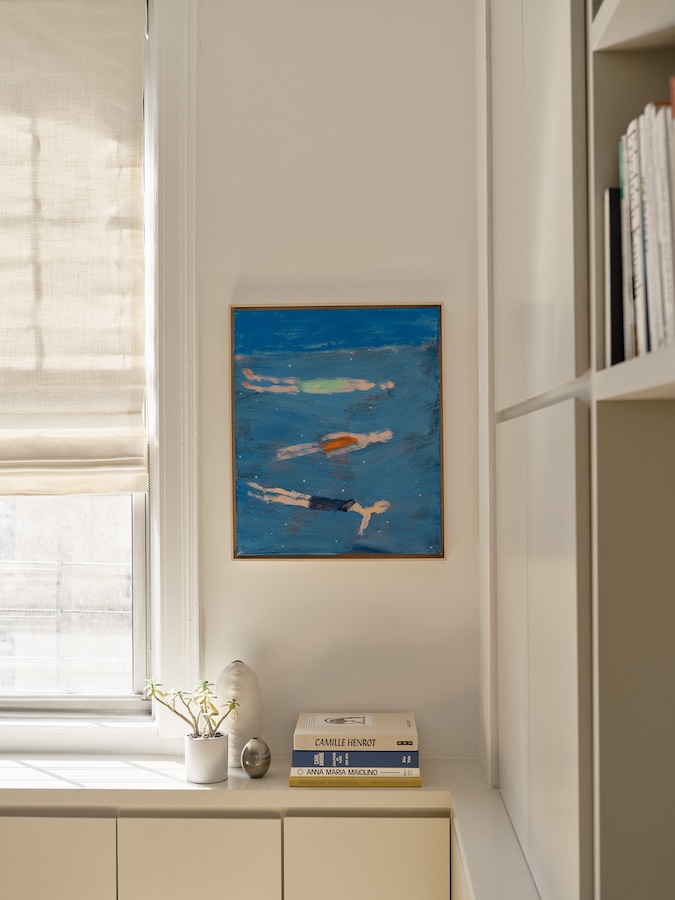
Katherine Bradford, “Floaters Green, Red, Black,” 2016, photo by Max Kütz, courtesy of Anne Bruder.
WW: It would seem like your experience working in galleries gave you a lot of opportunities to connect directly with artists. Have these relationships influenced your practice as an advisor?
AB: Absolutely. Working in a gallery taught me the importance of buying on the primary market, a transaction in which the artist is actually paid—a collector can dramatically impact an artist’s life and career. That being said, I also realize the duty of a collector to shepherd the artwork in a way that is respectful to the artist.
Supporting Unique Collectors with Distinct Visions
WW: Are there any elements that cohere the way in which your clients collect? Or do they all focus on a variety of artworks made throughout history?
AB: Yes, every client that I work with is extremely unique, but has a distinct vision and goal for their collection. That has been one of the most fulfilling parts of working with collectors—determining the direction of their collection and making sure that it is something sustainable that will keep them interested and engaged for many years to come. I find that collecting within certain parameters or with particular goals in mind is much more satisfying for everyone involved. The collections that we have worked with for the longest periods of time typically have a specific direction.
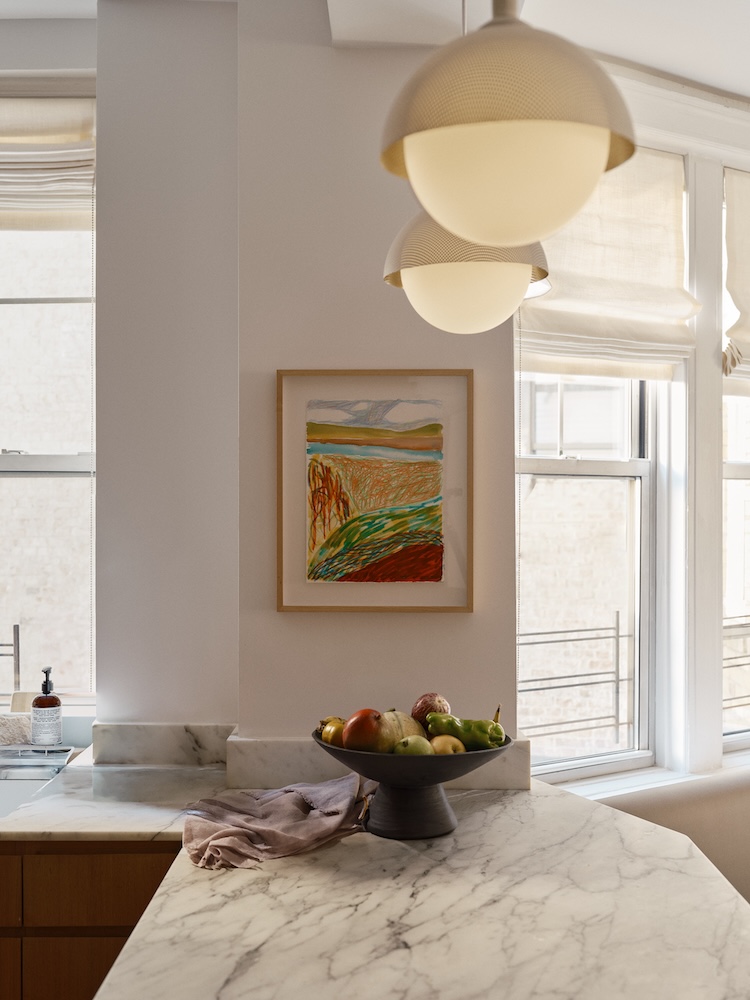
Shara Hughes, “Clarity in the Clouds,” 2020, photo by Max Kütz, courtesy of Anne Bruder.
Anne Bruder’s Own Collection is a Female-Centered Inspiration
WW: How about your own collecting? Can you talk about how this came to be?
AB: My own collection started from my relationship with dealers. They were kind enough to let me pay off artwork over time and/or extend a discount to me. I am more casual with my own collection than I am with my clients, but I have inadvertently built a collection of mostly female artists. This is really no surprise to me considering how important it is to support women artists, gallerists, and just businesses in general.
My favorite painting that I own is probably my Katherine Bradford painting, which I bought in 2018 before Bradford’s market is as strong as it is now.
I am also recently obsessed with ceramics and acquired at Heidi Lau at Matthew Brown last year during Felix in Los Angeles.
WW: Why do you think it’s important to live with art?
AB: A great artwork is inspiring and continues to give back to its collector—it unfolds and reveals itself over time. I love watching an object morph with the light and the seasons. Reinstalling a collection or even just a wall, can completely change an entire tone or the feeling of a space. Art has so much impact on how we live.
Living with art adds a rich layer to a home. There is such a deep history inherent to art objects that reminds us that we are connected to a narrative larger than just our home, our family, ourselves—we are part of something larger than ourselves. Living with art is such an inspiring and earnest action, and I really do feel grateful to be part of that process.
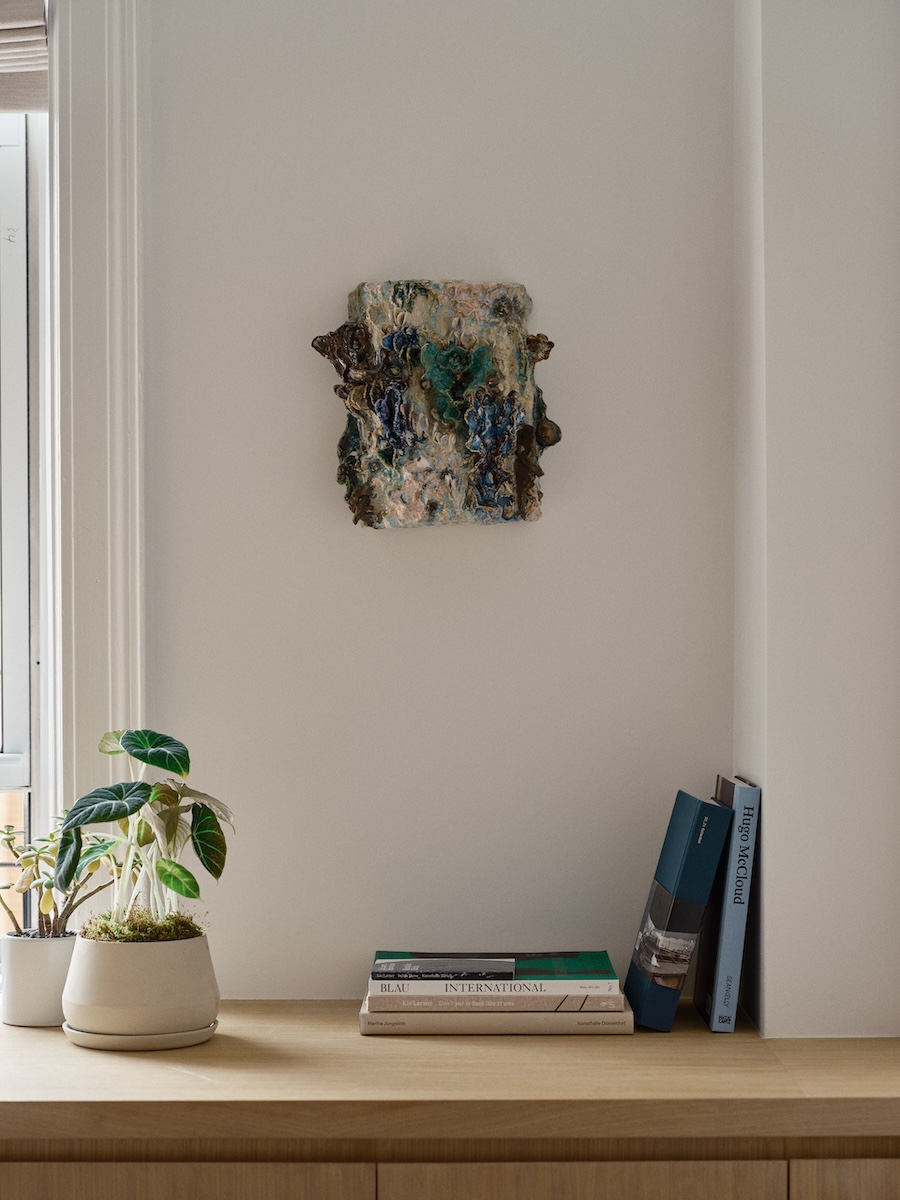
Heidi Lau, “Spinal Metamorphosis,” 2023, photo by Max Kütz, courtesy of Anne Bruder.
The Philanthropic Path to Engaging with Art
WW: How involved are you and your clients in the not-for-profit art world? What importance do you see in giving back?
AB: Most of my clients are extremely philanthropic; many of my clients are on boards of museums and are very active in raising money for institutions that support artists in real and impactful ways. They don’t take the privilege of living with art lightly and see themselves as stewards of the work. While I do work with some younger collectors who are not yet at that point in their lives/ collecting career, they are typically already engaged and giving back in non-art related philanthropy and are already interested in the path to engaging with art. As museum engagement becomes more and more important, we advise our clients on how to consider being a more proactive participant in the art world beyond galleries.
WW: What are you most looking forward to seeing this year or next?
AB: I am very curious about the Venice Biennale and the Whitney Biennial. There is so much turmoil and conflict in our world right now that I am very curious and frankly a bit nervous about how artists and curators will handle this in these exhibitions, which are really supposed to be snapshots of what is going on in our world right now.
WW: Do you have any tips for younger collectors looking to start their own collections?
AB: Try to focus on a few galleries and get to know the dealers. Go to the galleries in person and speak to the dealers—that is where you will learn. Also, join a museum group and get to know a curator. Get involved. The more time you put into it the more you will get out of it.
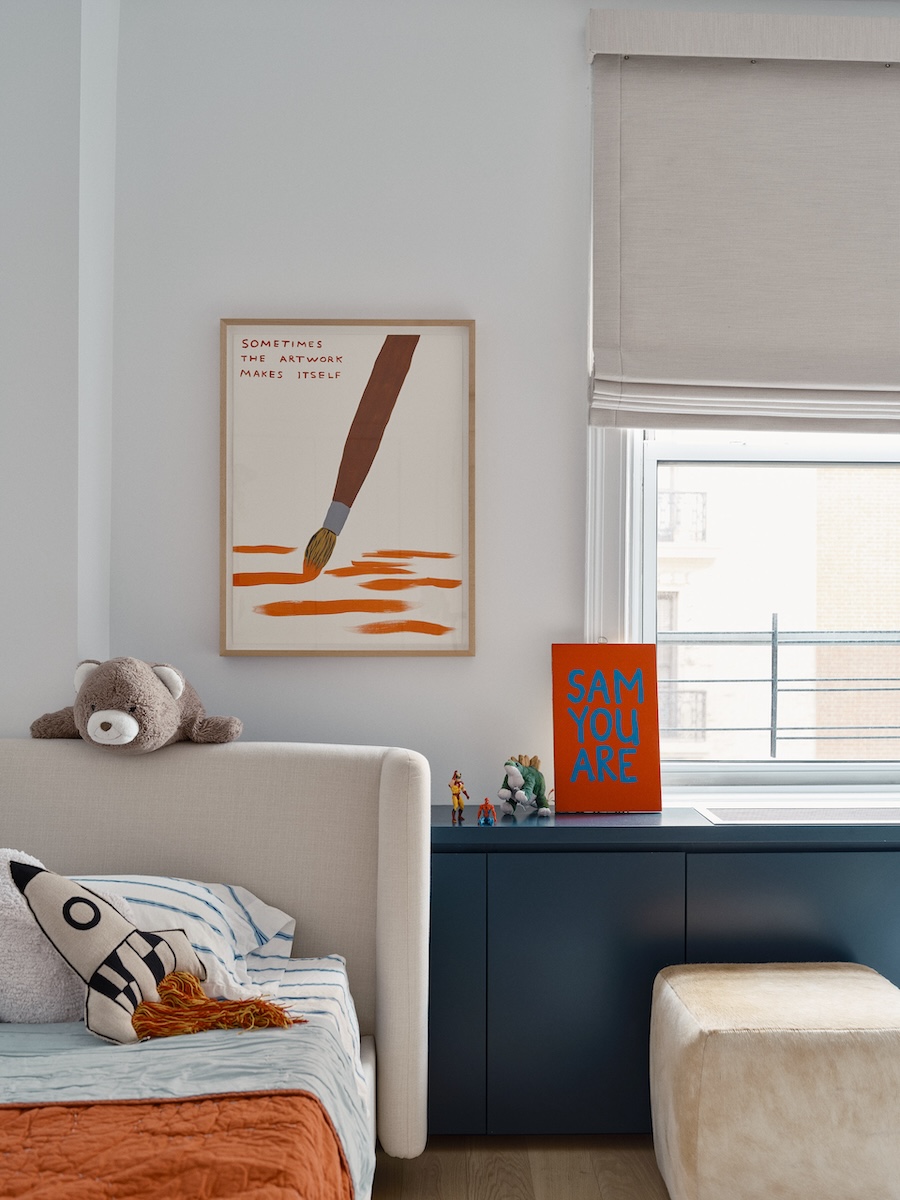
Kids room: David Shrigley, “Untitled,” 2020 and Cary Leibowitz, “Untitled,” 2019, photo by Max Kütz, courtesy of Anne Bruder.



